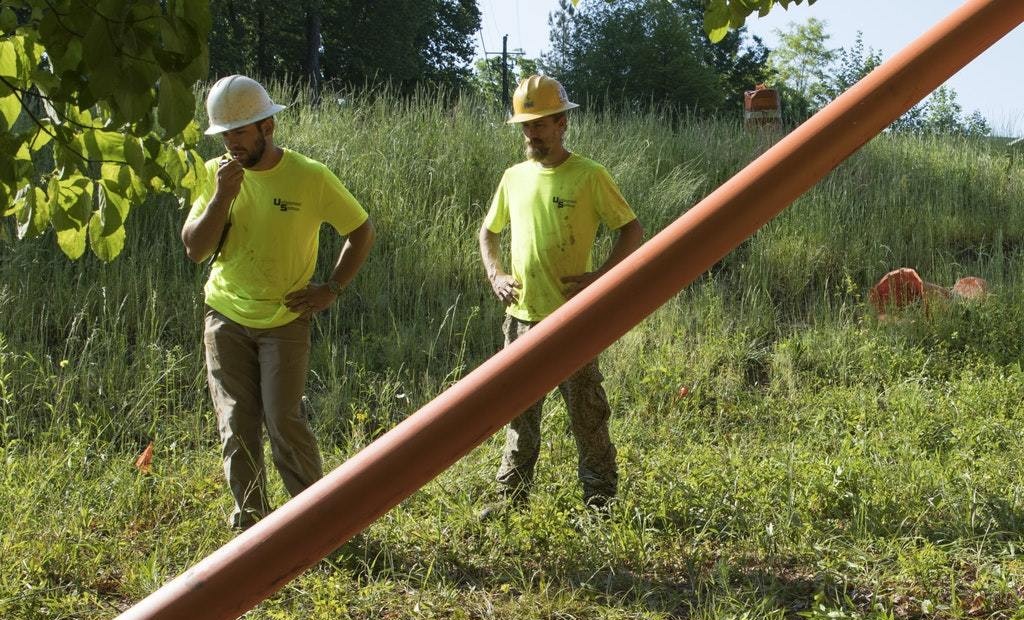Interested in Plumbing?
Get Plumbing articles, news and videos right in your inbox! Sign up now.
Plumbing + Get AlertsEffective communication is key to the success of any contractor.
One of the best tools for improving on-the-job communication is two-way radios. Two-way radios allow for instant and clear communication that ensures you and your team are able to work with each other even when not in close proximity. Here are some of the benefits two-way radios can provide.
Creating effective and hands-free communication
Two-way radios provide a number of benefits for contractors. They are easy to use, last a long time, require no fees, and allow instant push-to-talk communication with one or a group of workers.
Two-way radios are particularly beneficial for contractors working large jobs in commercial buildings or on construction sites. When working on a large job site it is vital to have constant communication. For example, a large plumbing job is interconnected in many places and workers must let each other know of any successes or roadblocks occurring during the process.
A main benefit of two-way radios is safety. Two-way radios do not require the constant use of your hands like cellphones do. You quickly radio your team for an update and then you can focus on your work while you get a response. Many job sites have safety hazards so it is important that you are alert and able to quickly respond to any dangerous scenario.
Radios are also extremely durable tools that are perfect for contractors working on tough and gritty job sites. Two-way radios are built with military specifications and built tough so that they won’t break.
Standard two-way radios also do not require a fee or monthly payments to use them which helps contractors avoid the cost of an expensive business phone plan.
Recommended two-way radios for contractors
The best type of two-way radio for a contractor is your standard UHF radio. A majority of contractors use UHF radios because they operate at a higher frequency, making them better for communicating in large localized areas.
A contractor would also need a more durable radio. A durable radio meets IP54/55 and military specifications 810 C, D, E, and F. These specifications make the two-way radio resistant against shock, rain, humidity, salt, fog, vibrations, sand, dust, and temperature.
I recommend digital UHF radios over analog radios. Digital radios will give you better audio quality and better reception.
Contractors should also invest in a shoulder microphone. This puts the microphone at the top of your shoulder meaning you don’t have to reach down to start push-to-talk.
Two-way radios are most beneficial for contractors who work on large job sites. However, small, residential plumbing and septic contractors can still benefit from implementing two-way radios. A push-to-talk cellular radio might be the best option for smaller contractors. These services allow you to instantly communicate with your team, share locations, send videos and centralize a lot of work communication.
This is a good middle ground for business owners who may want to speak with their employees but not have all their time spent on the phone. This hybrid approach can benefit some contractors, but this service is subscription-based and comes with monthly fees.
Two-way radios can be a boon to any contractor looking to improve communication processes. They are a simple and reliable tool allowing your team to go into a job better prepared and ready to collaborate.
About the author: Stewart McClintic is the VP of Sales at HQ98.com. He is a former journalist who specialized in business and education writing. McClintic still continues to write about customers who have interesting stories to tell about communication through his sales work at HQ98.






